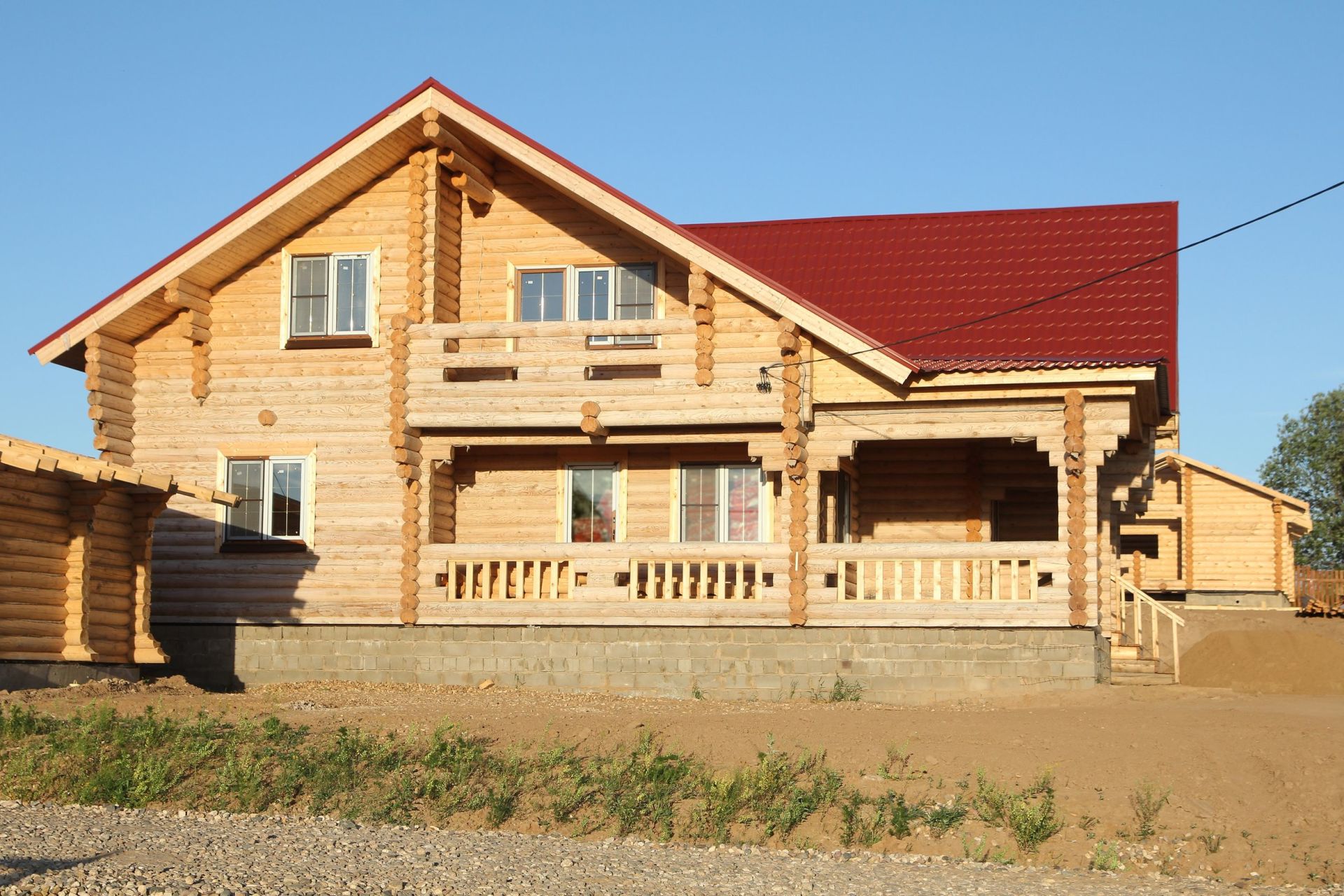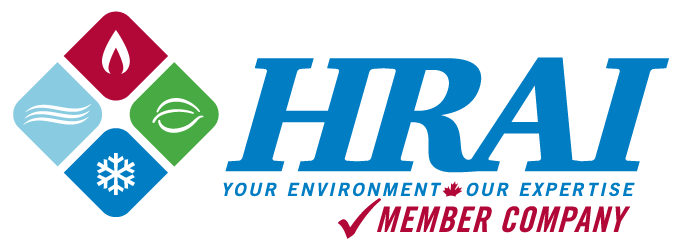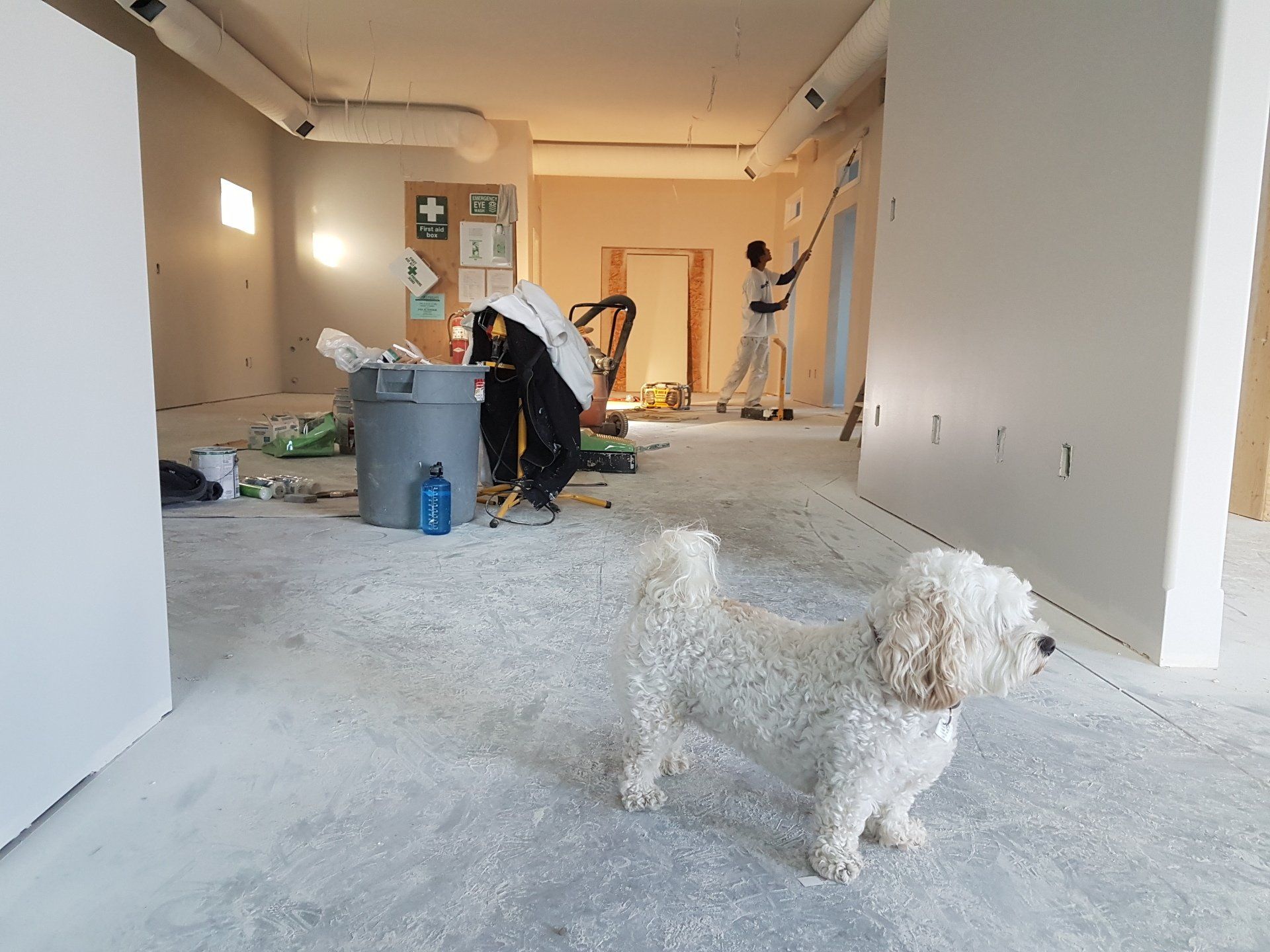Electrical Safety Tips for Halifax Homeowners: Ensuring a Safe Living Environment
Electrical safety is a crucial aspect of home maintenance that often goes overlooked. Faulty wiring, outdated electrical systems, and improper use of electrical appliances can lead to serious hazards, including fires, electric shocks, and property damage. As a trusted construction and renovation contractorsin Halifax, Renerico Construction prioritizes the safety and well-being of our clients. In this comprehensive blog post, we’ll provide valuable tips on electrical safety to help Halifax homeowners maintain a secure and hazard-free living environment.
1. Regularly Inspect Electrical Systems
A. Schedule Professional Inspections
Regular electrical inspections by a licensed electrician are essential to ensure your home’s electrical system is in good working order. An inspection can identify potential issues such as frayed wires, overloaded circuits, and outdated components that need attention.
B. DIY Visual Checks
In addition to professional inspections, homeowners should conduct visual checks of their electrical systems. Look for signs of wear and tear, such as:
- Discolored or charred outlets and switches
- Exposed wiring
- Flickering lights
- Burning smells near outlets or switches
2. Upgrade Outdated Electrical Systems
A. Replace Old Wiring
Homes with old or outdated wiring, such as knob-and-tube or aluminum wiring, pose significant safety risks. Upgrading to modern copper wiring can improve safety and efficiency.
B. Install Circuit Breakers
If your home still uses fuses, consider upgrading to a circuit breaker panel. Circuit breakers are more reliable and easier to reset in the event of an overload.
C. Ground Fault Circuit Interrupters (GFCIs)
Install GFCIs in areas prone to moisture, such as bathrooms, kitchens, basements, and outdoor outlets. GFCIs can quickly shut off power in the event of a ground fault, reducing the risk of electric shock.
3. Practice Safe Use of Electrical Appliances
A. Avoid Overloading Outlets
Plugging too many devices into a single outlet can overload the circuit and increase the risk of fire. Use power strips with built-in surge protectors and distribute appliances across multiple outlets.
B. Use Appliances as Intended
Always follow the manufacturer’s instructions for using electrical appliances. Avoid using appliances with damaged cords or plugs, and never operate them with wet hands or near water.
C. Unplug Unused Devices
Unplug appliances when not in use to prevent potential electrical hazards and save energy. This is especially important for high-wattage devices like space heaters and toasters.
4. Maintain and Replace Electrical Components
A. Check and Replace Outlets and Switches
Regularly check outlets and switches for signs of damage or wear. Replace any that are loose, cracked, or show signs of overheating.
B. Maintain Light Fixtures
Ensure that light fixtures are in good condition and that bulbs are the correct wattage for the fixture. Using bulbs with a higher wattage than recommended can cause overheating and pose a fire risk.
C. Address Electrical Issues Promptly
If you notice any electrical issues, such as frequent tripping of circuit breakers, buzzing sounds from outlets, or persistent flickering lights, address them promptly with the help of a licensed electrician.
5. Implement Safe Practices for Children
A. Use Outlet Covers
Install outlet covers or tamper-resistant receptacles to prevent children from inserting objects into outlets.
B. Educate Children on Electrical Safety
Teach children about the dangers of electricity and the importance of not playing with electrical outlets, cords, or appliances.
6. Outdoor Electrical Safety
A. Use Weather-Resistant Outlets
Ensure that outdoor outlets are weather-resistant and equipped with covers to protect them from moisture and debris.
B. Inspect Outdoor Lighting and Fixtures
Regularly inspect outdoor lighting, wiring, and fixtures for signs of wear or damage. Replace any faulty components to prevent electrical hazards.
C. Safe Use of Extension Cords
Use outdoor-rated extension cords for outdoor tasks and avoid running them through water or across walkways where they can become tripping hazards.
7. Emergency Preparedness
A. Know Your Electrical System
Familiarize yourself with your home’s electrical system, including the location of the circuit breaker panel and how to shut off power in an emergency.
B. Have a Fire Extinguisher on Hand
Keep a fire extinguisher readily accessible and ensure it is suitable for electrical fires. Educate all household members on how to use it.
C. Develop an Emergency Plan
Create an emergency plan for your household that includes steps to take in the event of an electrical fire or other electrical emergencies. Practice the plan regularly to ensure everyone knows what to do.
Electrical safety is a vital aspect of maintaining a safe and comfortable home. By following these tips and ensuring regular inspections and maintenance of your electrical system, you can significantly reduce the risk of electrical hazards in your Halifax home. For professional electrical services and expert advice, trust the experienced team at Renerico Construction. Your safety is our priority. Contact us today to schedule an inspection or consultation.









